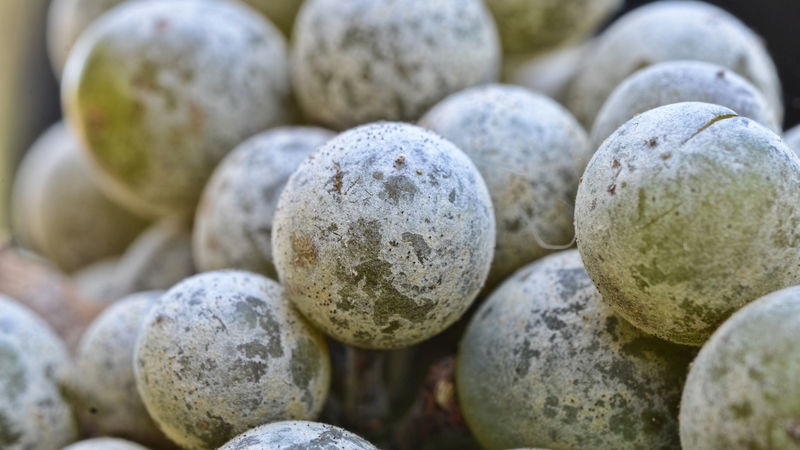New Study Uncovers More About the Blue Orchard Bee
USDA’s Agricultural Research Service (ARS), in collaboration with the Ecological Forestry Applications Research Centre in Spain and North Dakota State University, recently conducted a comparison of the physiological and molecular processes involved in the summer and winter dormancy of Osmia lignaria, also known as blue orchard bee or orchard mason bee.
This analysis of gene expression is believed to be the first to compare the dormancy periods of this species in their natural habitat, and more importantly, it led to sequencing the first draft genome of this important pollinator for the almond industry.
According to the U.S. Forest Service, North America has 140 species of Osmia. O. lignaria, a solitary bee, follows a one-year lifecycle that includes two periods of dormancy. During summer, the bee develops to the prepupal stage (the stage of larva after its final molt), pauses, then finishes to developing to the adult stage before winter. Adult bees slow their metabolic activity while overwintering [second dormancy]. When spring arrives, adult bees emerge from dormancy and become highly active in pollination. Although this species does not produce honey, it is very effective in pollinating almond trees due to cross-pollination among different varieties, which leads to higher crop yields.
“In the future, we can use the genome presented in this study to start comparing the genomes of individuals from these different geographic populations,” says Alex Torson, a Computational Biologist with ARS’ Insect Genetics and Biochemistry Research in Fargo, ND. “If these differences in development and dormancy can be traced to their genetics, then we could develop managed populations from different geographic locations, and time the characteristics of those populations with peak floral blooms for different types of crops.”
For more, continue reading at ars.usda.gov.









